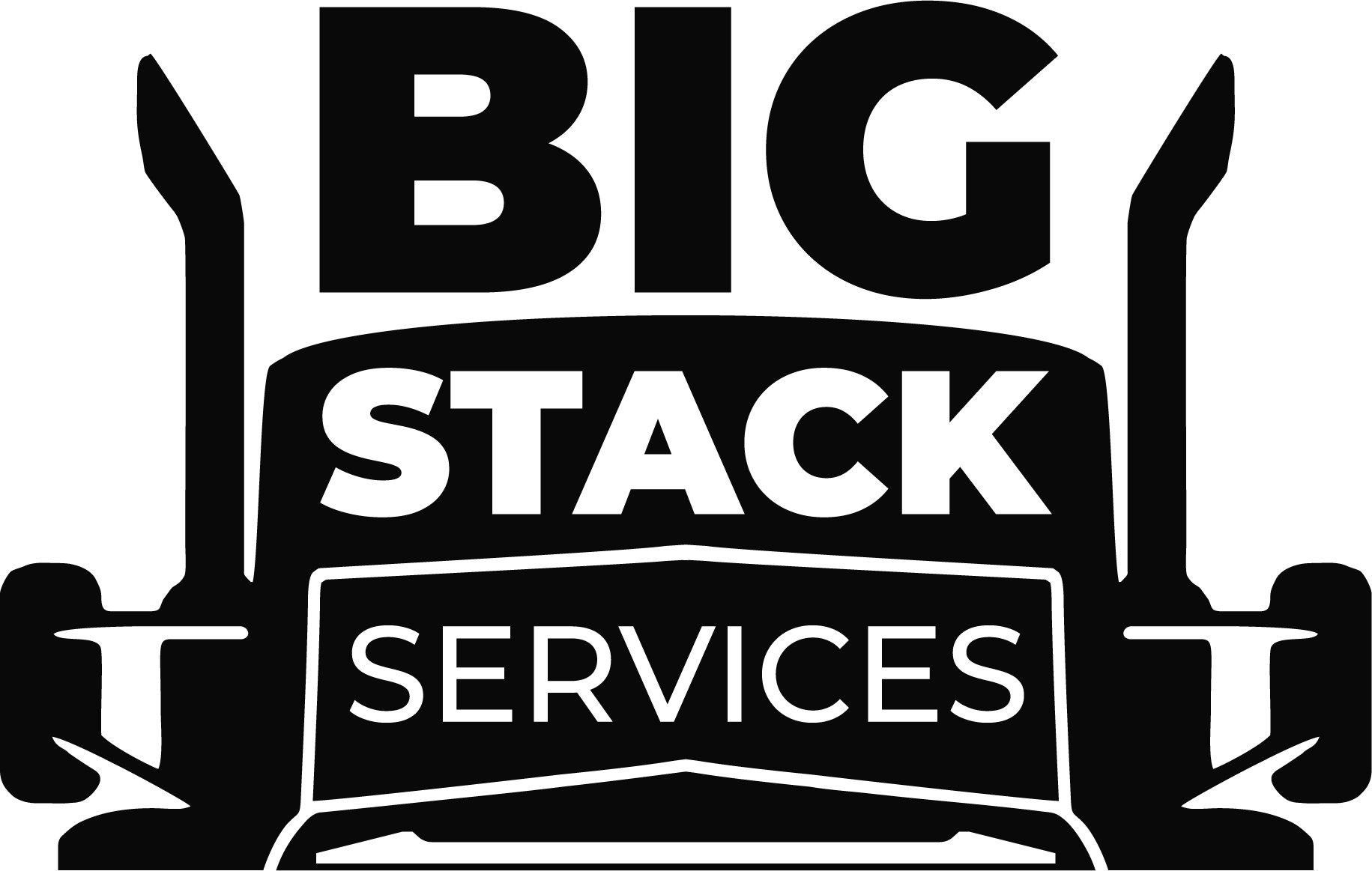Percentage vs. Flat Fees for Freight Dispatchers
The trucking industry is competitive, and a good dispatching service can give you the edge you’re looking for. They help you stay busy, get better rates, and play an important role in keeping your operations running smooth. Some dispatching services charge a percentage, and others charge a flat fee. So what’s better? Flat fees seem like a good way to go. You always know what the cost is. It’s simple. Right? Well, actually, no. If your dispatch service relies on volume to make a profit, how much effort do you think they’ll put into making sure you get the best rates and terms? Not much. They literally can’t take that time. With a percentage-based fee, the better your rate, the more profit the dispatcher makes. They’re invested in your success. It’s a win-win.
Alignment of Interests
By charging a percentage of the load revenue, dispatchers and truck drivers are inherently aligned in their interests. In order to make a profit, dispatchers who work on a percentage have to secure higher-paying loads for the drivers. This reality pushes dispatchers to negotiate better rates with brokers. They’re always looking to make you more money, because when you get paid, they get paid. In a way, dispatchers become partners in finding ways to maximize a your earnings.
Fairness and Flexibility
Percentage-based options deliver a fair and flexible approach to fee schedules. It takes into account changing load values and market fluctuations. Flat fees put an unfair burden on drivers for low-paying loads. A percentage model makes sure that your dispatch payment is proportional to the value of the load, so you never overpay. This way, drivers get fair compensation regardless of whether they haul a high-value or low-value load. Also, during periods of market volatility, like when fuel prices spike or the spot market drops, the percentage model automatically adjusts. This protects both dispatchers and drivers from unexpected financial strain.
Risk Sharing
Trucking operations always involve risks. You have to deal with delays, accidents, down markets, and the unexpected challenge of Murphy’s Law. A percentage-based fee structure makes dispatchers share these risks with the drivers. You shoulder it together. When dispatchers charge a flat fee, drivers bear the full weight of all the things that can have a negative impact on their earnings. A percentage-based system puts dispatchers in a collaborative partnership with drivers. They empathize with drivers during hard situations and work to fix problems that come up. It’s in their best interests because they’re affected by the drivers’ financial well-being.
Incentivizing Efficiency
Percentage-based fees incentivize efficiency and productivity for dispatchers. It doesn’t take long for dispatchers to realize that their earnings are directly proportional to the revenue drivers make. This makes them motivated to get more for their drivers. They can look for ways to make a driver’s life easier and keep them on the road with more profitable loads. They’ll also work hard to forge strong relationships with brokers that benefit the driver. This approach benefits both the drivers and the dispatchers. You end up with brokers who are more likely to give you loads and happier shippers. This has a direct impact on your bottom line, leaving you with a bigger slice of the pie at the end of your run.
The trucking industry is demanding and always changing. Dispatchers play a crucial role in carrier success. Percentage-based fee schedules create fairness and flexibility for carriers. When dispatchers align their interests with those of truck drivers, they share the risk, become more efficient at their job, and help put more money in your pocket. This approach helps dispatchers and drivers and also contributes to a thriving and sustainable trucking ecosystem.

